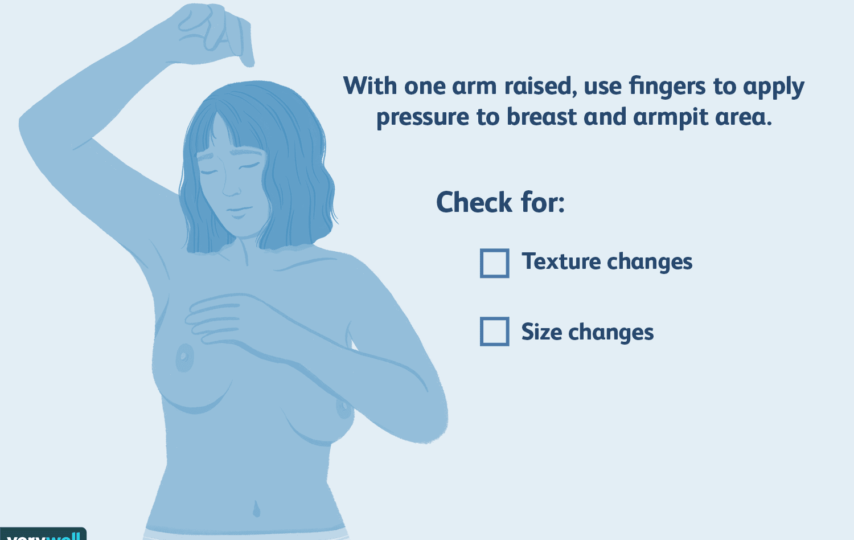An ignorant behavior is a reason why your worst enemy is yourself. Losing your health to a disease can be an unsettling thought. However, taking enough preventive measures, regular checkups, and self-screenings can avert many diseases.
PREVALENCE
As per studies, with a surging incidence rate of breast cancer among women in Pakistan, every 1 in 9 women has a life-long risk of positive diagnosis. It has been reported that breast cancer has had a global burden of 2.3 million people across the span of 2020 with 685 000 mortalities.
Your life matters hence you must immediately see an Oncologist in Lahore if you suspect any unusual breast changes. But how do you assess those changes? What is the correct method to examine oneself? If this is what you want to know then we have got you covered! Below is a complete guide on how to carry out a breast self-exam to rule out any pathology.
STEPS OF BREAST EXAMINATION: LADIES, CHECK YOURSELVES NOW!
Your palpation can potentially yield results that seldom go unnoticed by certain imaging tests.
It is easiest to perform in the bath with wet and lathery hands. Uncover your chest down till the waist.
- Straighten your shoulders and rest the arms on your buttocks. Look in the mirror to inspect any apparent changes in terms of the usual size, shape, and pigmentation. The normal appearance must be devoid of unusual swelling, puckering, dimpling, redness, soreness, tenderness, bulges, or any other discernible alterations.
- Carefully look for the changes in nipples in terms of their position (inverted or everted) and discharge. In the presence of discharge, see if it involves one or both nipples, and which color or consistency is the discharge (watery, milky, yellow, or blood-stained).
- Repeat the inspection in steps 1 and 2 by extending your arms above your head, across the breasts including the armpits.
- Then, while lying down, feel your breasts with your right hand on your left breast and vice versa. Keep your fingers flat and together while applying a firm, smooth touch to the first few finger pads of your hand. Make a quarter-sized circular motion with your hands.
- Repeat palpation all across the breast tissue in whichever motion is convenient for you. We recommend moving away from the nipple in a circumferential direction as the most convenient method.
- It is essential to assess the breast tissue from the front to the back; apply light pressure for the skin and tissue just beneath, medium pressure for the tissue in the middle of your breasts, and hard pressure for the deepest situated tissue. You should be able to feel down to your ribs once you have reached the deep tissue.
- Change your position and carefully carry out step 6 again while you are standing or sitting.
NHS GUIDELINES
The NHS has proposed a Breast Screening Programme that consists of a 5-point breast awareness plan:
- Understand what is usual for you
- Examine and feel your breasts
- Know what to watch for in terms of changes
- Any modifications should be reported instantly
- If you’re 50 or older, you should get a routine screening
Do your research, refer to the guide above and ensure to carry out breast self-examination regularly to help make an early detection before it progresses into a fatality. Most of the lumps you feel turn out to be benign, hence maintain your calm if you observe any unfamiliar changes in your breast tissue and reach out to an Oncologist in Islamabad for consultation.













